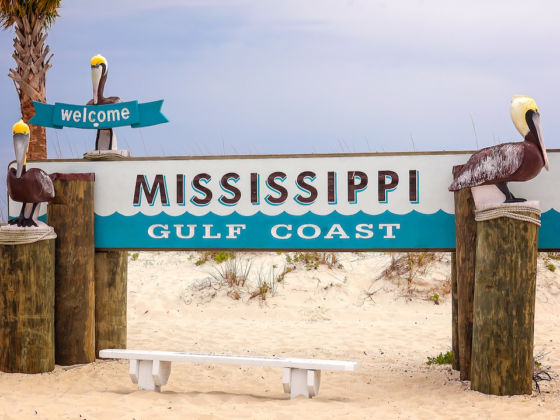After the Caribbean beaches of Mexico were hit by an infestation of stinky, brown algae, it’s now Mississippi’s waters that have to deal with an unwelcome algae bloom.
A toxic overgrowth of blue-green algae along the Gulf Coast has caused Mississippi to close all of its 21 mainland beaches, the water being unsafe for pets and humans to swim in, reported Smithonian. People are also advised against eating seafood sourced from that area of the Gulf.
